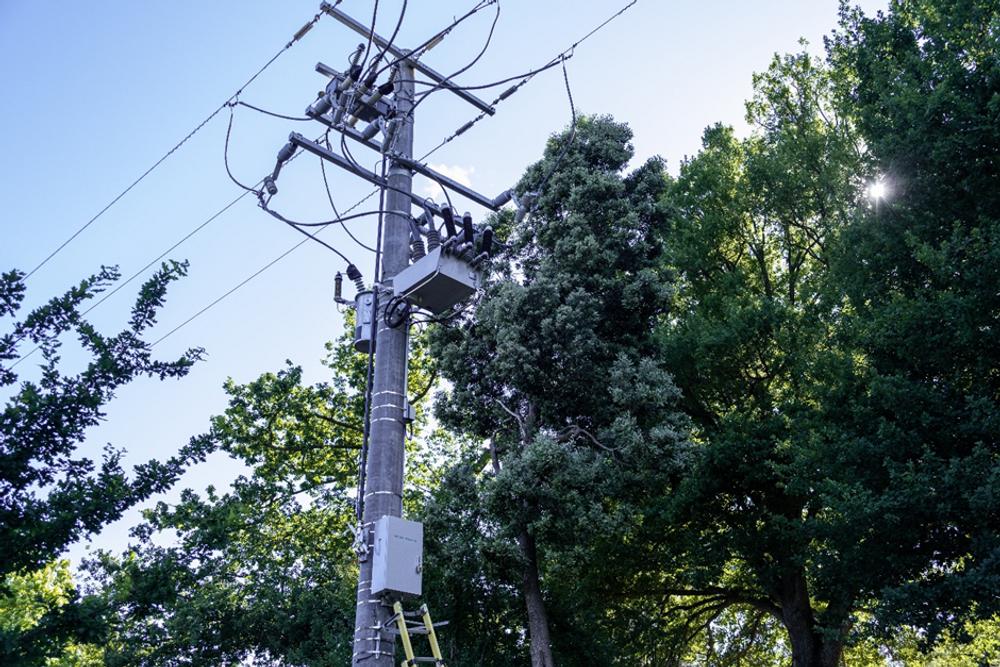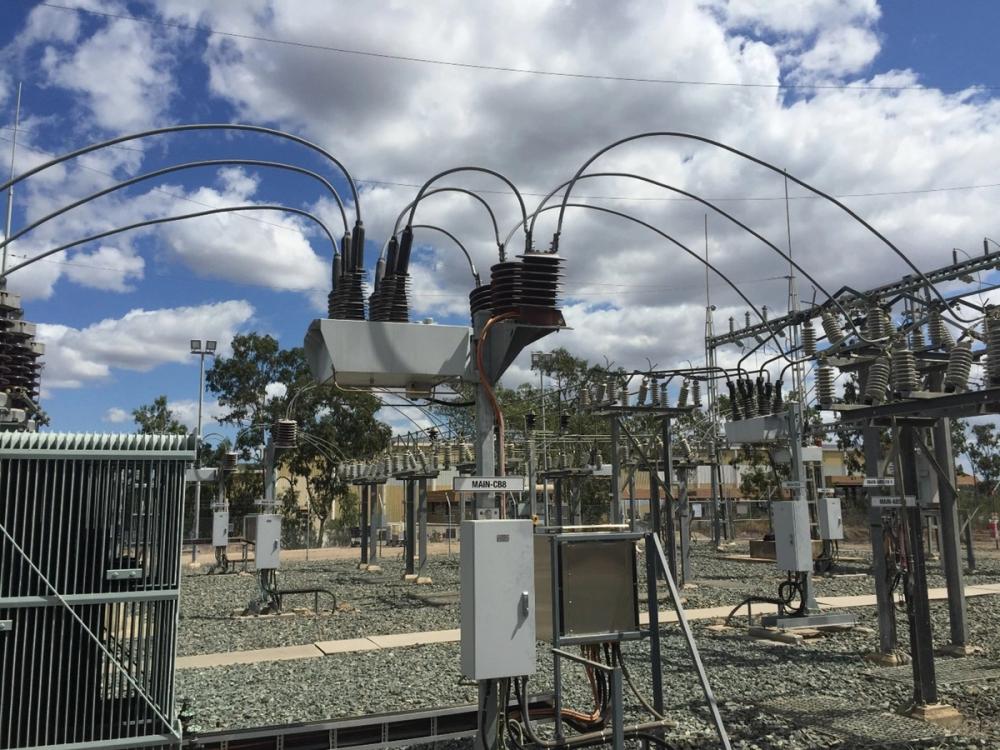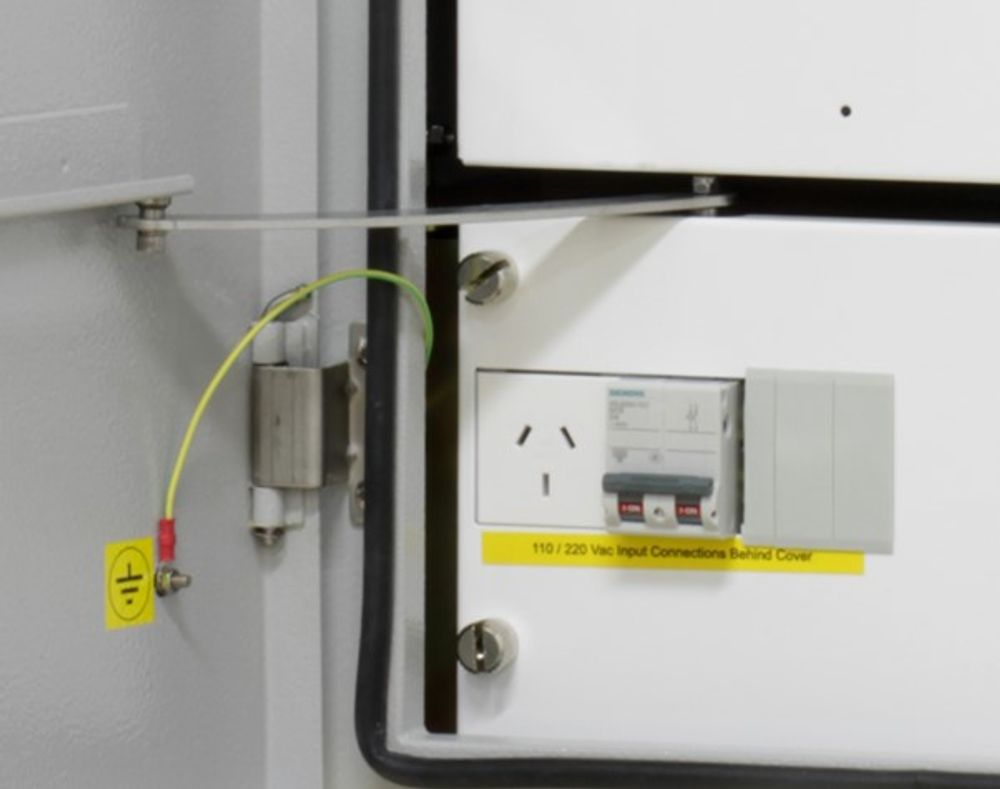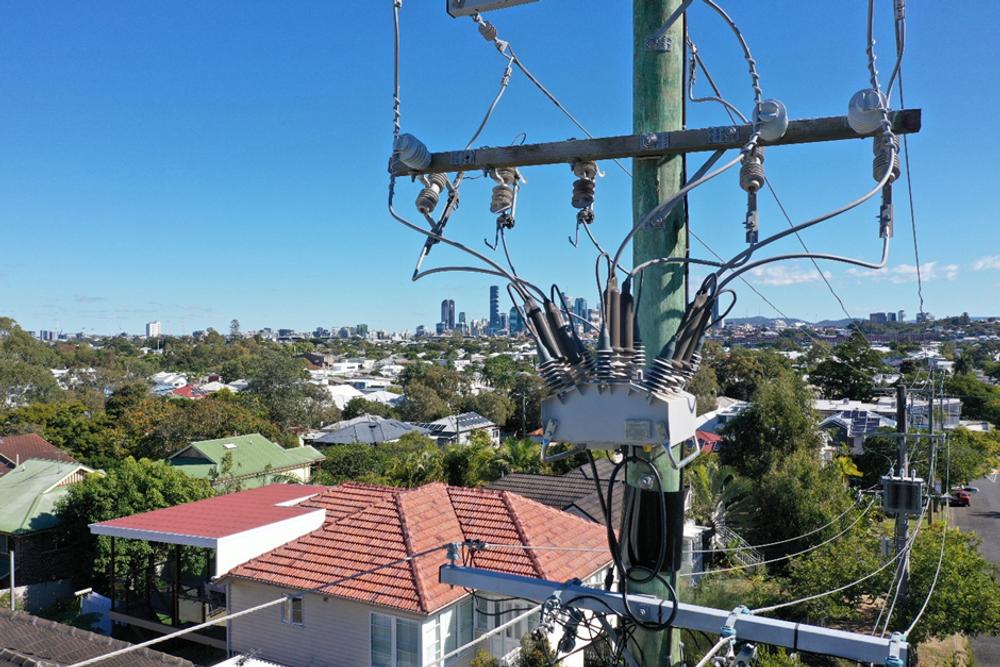Artículos técnico
Publicado 03/2023
Medium Voltage Switchgear Fundamentals
Switchgear Defined
Switchgear is electrical equipment that is used to control, protect, and operate electricity networks. It is a collective word for all forms of electrical switching and protection equipment. Circuit breakers, fuses, switches, and reclosers are all sub-category products of Switchgear.

Outdoor vs Indoor Switchgear
This delineation among switchgear comes from the intended environment for installation. Outdoor switchgear is designed to be weatherproof or weather resistant so that it can be installed in substations or on electricity distribution poles. Common examples of outdoor switchgear include substation circuit breakers, pole mounted reclosers and air break switches.
Indoor switchgear is designed for installation inside a building. This category typically refers to “metal clad” switchgear designs, which are not weatherproof, but are designed to enclose the electrical equipment in metal panels to prevent unauthorized physical entry to the high voltage parts.

What is Low, Medium and High Voltage?
In electrical engineering, a general rule is that equipment operating at 1000 volts or less is considered low voltage. Equipment from 1,000 volts up to 38,000 volts is considered medium voltage. Any equipment above 38,000 volts is considered high voltage.
These different voltage classes are used at different points in the power system. Low voltage is used by residential and commercial customers and used by the control system for the switchgear operating at higher voltage. Medium voltage equipment is used by distribution utilities to transfer electricity from transmission providers to end customers. Lastly, high voltage equipment is used by transmission companies and generators to move bulk electricity supply.

Types of Switchgear

A Circuit Breaker
Circuit breakers are a type of switchgear that is designed to interrupt an electric circuit in the event of a fault. Faults are adverse electrical events, where the electrical circuit is not operating within designed limits. Examples of faults include short circuits, such as a foreign object touching a live wire and the ground plane. These cause high currents to flow in the circuit, and the circuit breaker can detect these high currents and interrupt the circuit, preventing further equipment damage.
At medium and high voltage, the job of monitoring currents and checking whether they are above the safe limit is done by the “secondary system”. The secondary system is a low voltage control circuit consisting of sensors and a device called a “relay”, which analyses the current and instructs the circuit breaker to trip if the current exceeds a pre-set limit.
Fuses
Fuses are among the simplest form of electrical circuit protection. They are an engineered weak point in the electrical circuit, which will melt if the rate of electricity flow (the current) exceeds the rating of the fuse. Unlike circuit breakers that can be reset, fuses are consumed and burned in their operation.
Recloser
A Recloser is a special type of circuit breaker that has been tested to the joint IEEE and IEC standard 62271-111. This circuit breaker is designed to be opened and closed rapidly to restore power for momentary faults.
Most faults on the overhead electricity network are transient or temporary. If a fuse or normal circuit breaker is used, they may trip and cause outages for all customers on the line. However, a recloser is designed to trip and re-close, re energising the line 80% of the time. This provides improved reliability for the distribution network.

Vacuum Circuit Breakers
A Vacuum Circuit Breaker is a type of medium voltage circuit breaker that uses a vacuum interrupter as the interruption method. When a circuit breaker attempts to interrupt a fault at high voltage, arcs are produced. Vacuum interrupters work by removing the available material to sustain an arc, allowing safe current interruption in a much smaller device than attempting to interrupt faults in air.
Many reclosers are also vacuum circuit breakers, however they have been further tested to the recloser standard to ensure the product can handle rapid open and closing operations beyond what would be expected for single trip vacuum circuit breakers.
Quisiera recibir actualizaciones respecto a la tecnología para redes eléctricas de distribución?
Únase a nuestro boletín técnico semanal gratuito, en el cual compartimos nuestra experiencia en ingeniería eléctrica global directamente en su correo electrónico
Suscribirse →